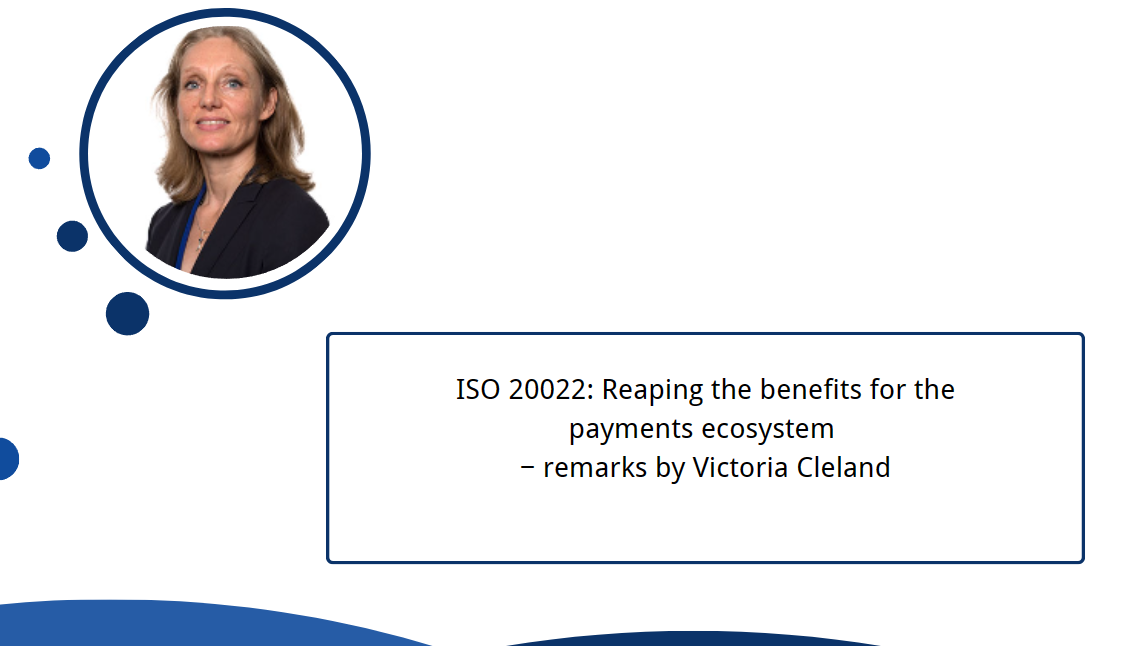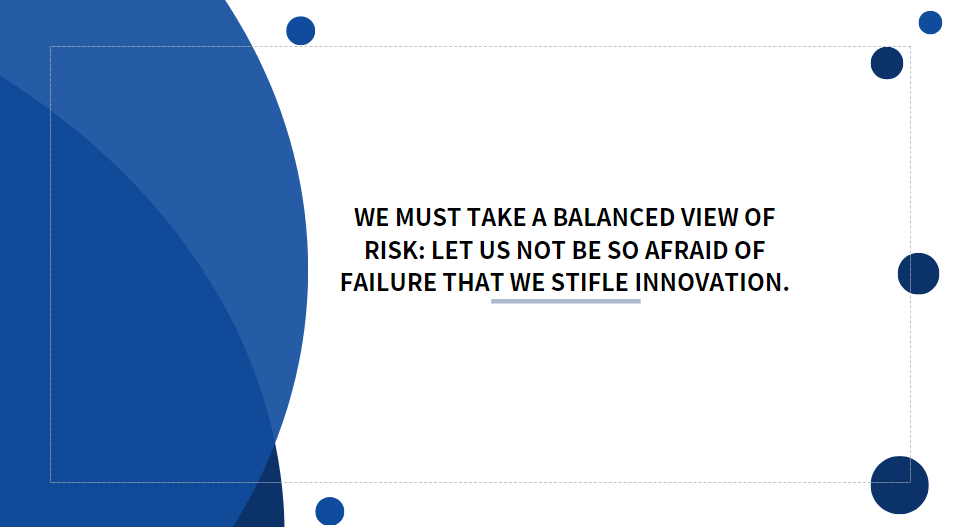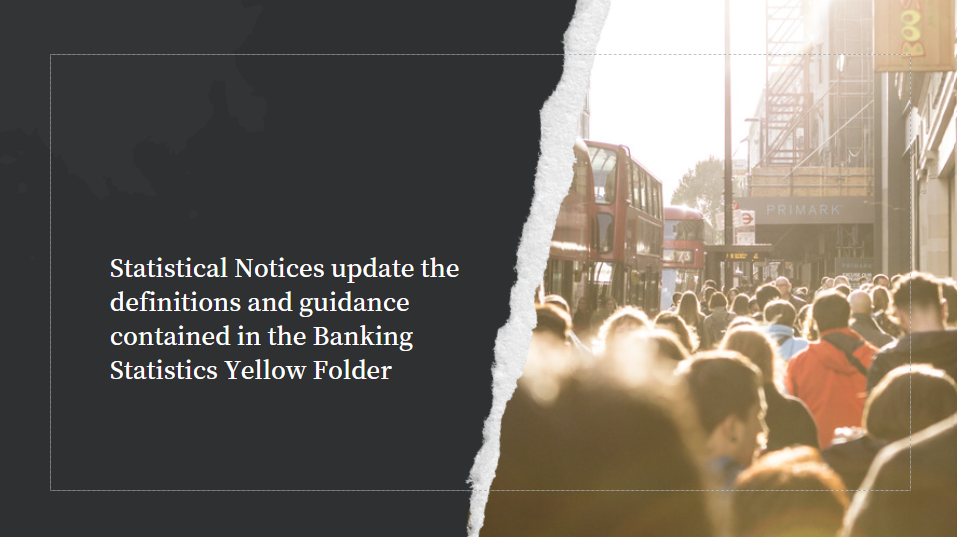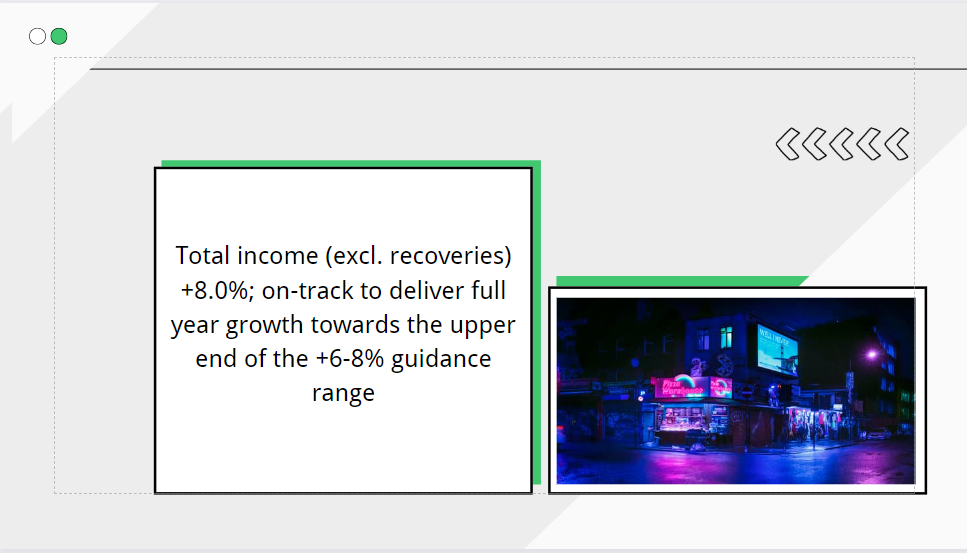How Financial Services Can Fight Modern Threats in Cybersecurity
With a profound responsibility to safeguard sensitive financial and personal information, financial institutions have become pioneers in the battle against cyber threats. While they have made significant strides, the evolving threat landscape demands constant adaptation and innovation.
What strategies can financial services employ to enhance their cybersecurity posture and ensure a safer digital ecosystem?
Reducing Ransomware Risk
Ransomware attacks have emerged as a formidable threat, targeting institutions across sectors. Startlingly, a Verizon 2023 Data Breach Investigations Report study revealed that ransomware incidents doubled in the past year alone, emerging as the most prevalent form of cyberattack. Surprisingly, even with robust risk management programs, financial institutions face a heightened risk of ransomware attacks.
Key security program indicators – patching cadence and configuration management – are pivotal in determining an institution's vulnerability to ransomware threats. According to Bitsight research, Financial Organisations that are slower to apply patches are up to seven times more susceptible to ransomware attacks. Furthermore, misconfigured systems expose 70% of these institutions to higher ransomware risk.
To mitigate ransomware risk, a proactive approach is essential. Continuously monitoring security performance, identifying vulnerabilities, and remediating them before exploitation are paramount. This entails a commitment to software patching and fortifying TLS/SSL configurations to bolster infrastructure resilience.
Prioritising Third-Party Risk Management
In the interconnected finance landscape, an institution's cybersecurity vigilance extends beyond its borders. Cybercriminals exploit supply chain vulnerabilities, utilising weak links to infiltrate partners and vendors. Traditional vendor cybersecurity assessments, often limited in scope and duration, need to address cyber risk's dynamic and continuous nature.
A more effective strategy involves employing tools that provide deep and ongoing insights into the cybersecurity risks associated with each entity in the supply chain. This approach accelerates vendor onboarding processes and facilitates consistent monitoring of security postures throughout partnerships. Such visibility empowers business leaders to make informed decisions, hold partners accountable for security performance, and mitigate the risk of supply chain attacks.
Fostering Collaboration through Information Sharing
Collaboration is a cornerstone of effective cybersecurity – and the financial services sector has already demonstrated its collaborative prowess through many initiatives. The integration of cybersecurity platforms further augments collaboration efforts. Organisations can exchange critical cyber risk information, including self-published security ratings, and invite vendors to assess their own security postures. In the event of a large-scale cyber attack, partners and vendors can collectively assess their vulnerabilities, enabling proactive measures to reduce the risk of becoming victims.
Securing Executive Buy-In
Executive leadership holds the purse strings and makes critical decisions regarding cybersecurity investments. However, a disconnect often exists between the Security Operations Team's insights and executive-level comprehension of cyber risk. Bridging this gap requires effective executive reporting that speaks the language of the C-suite, aligning security challenges with financial and reputational implications.
The imperative is to convey the significance of cybersecurity in terms that resonate with executives. This involves translating technical intricacies into business impacts, enabling informed decision-making and strategic investments to fortify cybersecurity defences.
Financial services at the forefront of the cybersecurity battleground
Beyond the realm of regulations, the bedrock of financial services cybersecurity is trust. Customers entrust institutions with their financial well-being and personal data. A breach of this trust can have dire financial and reputational consequences. Hence, financial organisations must transcend compliance-driven security and embrace continuous monitoring, collaborative efforts, and executive engagement.
By embracing these best practices and forging a united front against cyber threats, financial institutions can reinforce their status as guardians of trust and security in the modern digital age and remain at the forefront of the cybersecurity battleground.























































First, please LoginComment After ~